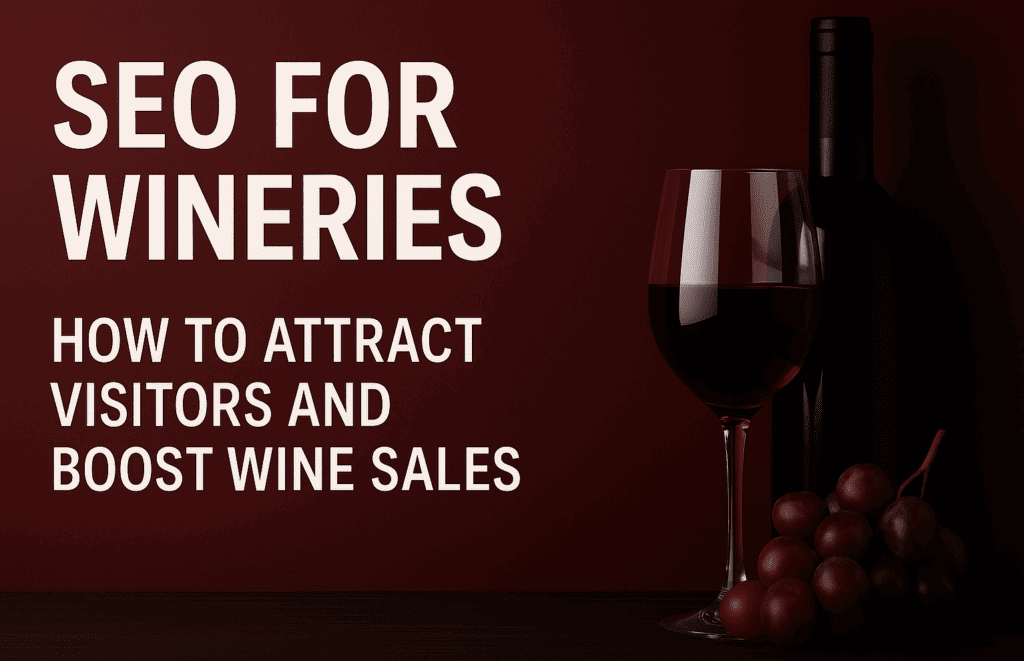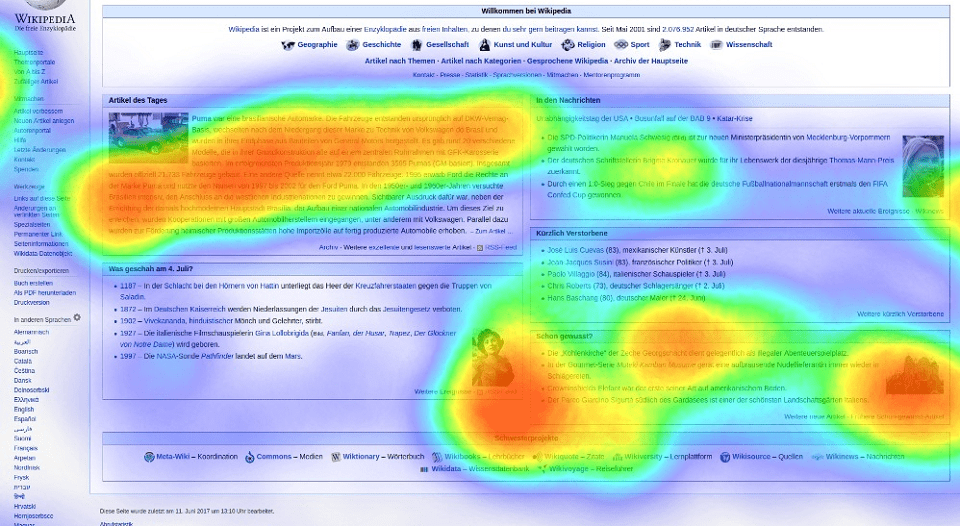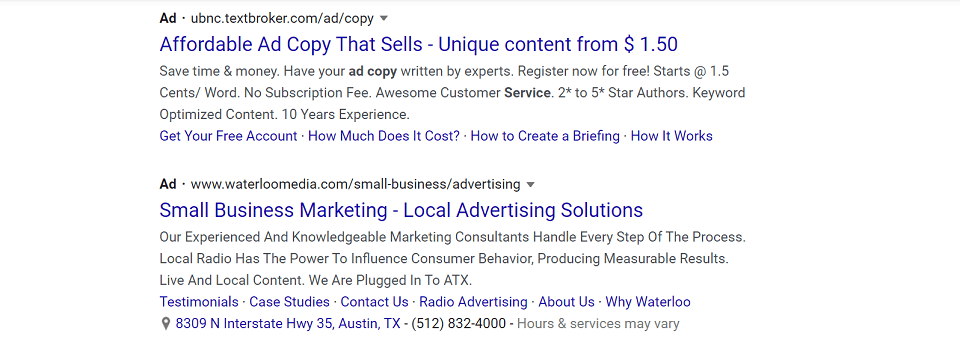Running a winery isn’t just about producing great wine. You also need people to discover your tasting room, book tours, and order bottles online. That’s where SEO for wineries comes in.
When done right, it helps local customers find you, drives more visitors to your vineyard, and increases wine sales both in-person and online.
Why Winery SEO Matters
When someone searches “wineries near me” or “cabernet tasting in [your city or region],” you want your name front and center.
Strong SEO will ensure that your winery appears in those searches.
Plus, it will give potential customers the details they need to choose you over competitors.
It’s not just about ranking on Google.
Winery SEO blends local visibility, content optimization, and technical performance so your brand shows up across search engines, maps, and mobile devices, exactly where customers are looking.
And if you get it done extra well, you just might find yourself as a recommended option on AI Overviews and LLMs like ChatGPT, Gemini, and Perplexity.
Core Elements of SEO for Wineries
Local SEO: Bring Visitors to Your Tasting Room
Local visibility is one of the most important strategies for wineries.
To capture foot traffic and nearby customers, you’ll need to implement tactics that target:
- Google Business Profile (GBP): Claim your listing and fill it out completely with up-to-date hours, photos, tasting information, and events. A strong profile can get you featured in Google’s Local Pack.
- Local Keywords: Use search terms that align with how people look for wineries, like “best wineries in [city]” or “[varietal] wine tasting [region].”
- Maps and Directions: Make it easy for customers to navigate directly to your tasting room with embedded maps and accurate contact info.
- Directory Synch Services: If you are like most winery owners, you don’t have time to optimize your Name, Address, and Phone data across every important directory that impacts success on maps. Hire an agency like Return On Now to deploy a service that will automatically get you listed and consistent across these key directories.
On-Page SEO: Optimize Your Website and Content
Your website is the center of your digital presence.
On-page SEO will help ensure that your website communicates clearly to both customers and search engines.
- Keyword Research: Find the terms people use to discover wineries, focusing on location and varietals.
- Engaging, Keyword-Optimized Content: Share your winery’s story, explain your process, and answer common visitor questions. Add content like food pairing guides or seasonal event highlights to give customers reasons to stay on your website.
- Metadata and Alt Text: Use descriptive titles, meta descriptions, and image alt texts with relevant keywords to boost visibility.
Technical SEO: Build a Strong Foundation
Behind-the-scenes optimizations can make or break your search rankings.
Wineries need websites that are fast, secure, and easy to navigate on any device.
- Website Speed: Compress images, streamline code, and improve server response time to cut load times.
- Mobile Responsiveness: Since many visitors search from their phones, your site must display beautifully on all screen sizes. And it needs to load even faster on mobile devices than it does on desktop, to keep visitors happy
- Schema Markup: Add structured data to wine product pages so search engines can highlight your offerings with rich snippets. This is equally important for AI-driven platforms, so make sure not to overlook this part! We can help you deploy or audit schema if you are unsure how to approach it.
Customers love stories.
Content marketing lets you showcase your wines, your vineyard, and the people behind them.
- Blog Posts: Publish articles about new releases, wine education, pairing ideas, and vineyard news. Blog posts keep your site fresh and build topical authority.
- Videos & FAQs: Short videos about tastings or FAQs about wine help educate and engage visitors. They also create more opportunities for ranking in search results. FAQ content needs to be marked up with schema as well.
Essential Tools and Best Practices
Even the best strategies need data and measurement.
These tools help you track and refine your winery SEO.
- Google Analytics & Search Console: Use these two free tools to measure website traffic, monitor search performance, and identify technical issues like crawl errors.
- Link Building: Earn mentions from local tourism boards, wine blogs, and event sites. Quality backlinks improve your authority and boost rankings. If you don’t know where to start, this is a strategy we can help you get moving immediately.
- Website Monitoring Tools: Regularly check for broken links, sitemap updates, and crawl errors to keep your site healthy. We can help you with audits and remediation if you need assistance.
Putting It All Together
SEO for wineries isn’t one single tactic.
It’s the combination of:
- Local SEO to bring in tasting room visitors
- On-page optimization to tell your story and highlight your wines
- Technical SEO to keep your site fast and mobile-ready
- Content marketing to engage customers and build authority
With these elements in place, your winery will show up where customers are searching, leading to more tours booked, more bottles sold, and stronger brand visibility.
After working with nearly a dozen wineries over the past decade, we have hands-on expertise in this specific niche. If you need help, touch base today and let’s discuss.
Tommy Landry
Latest posts by Tommy Landry (see all)
- SEO for Wineries: How to Attract Visitors and Boost Wine Sales - November 11, 2025
- What to Look for in an SEO Retainer Contract - November 4, 2025
- Best Semantic SEO Consultants: Why the Foundation Matters for AEO and GEO - October 28, 2025





